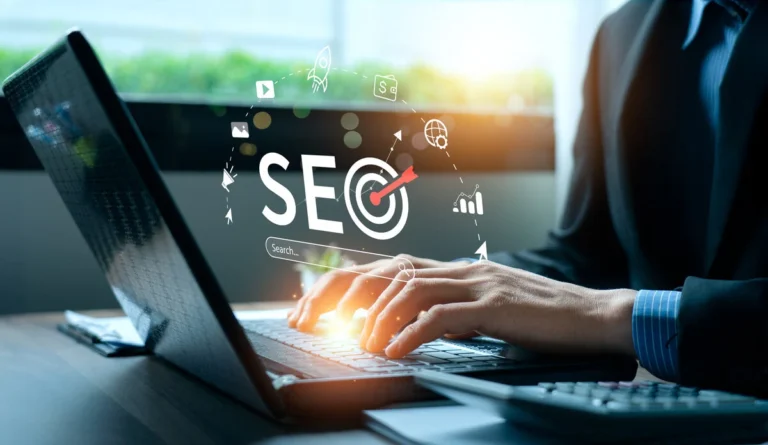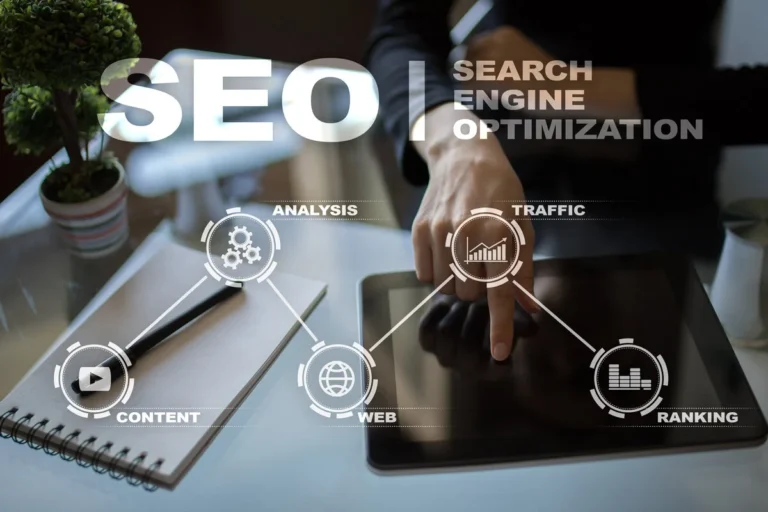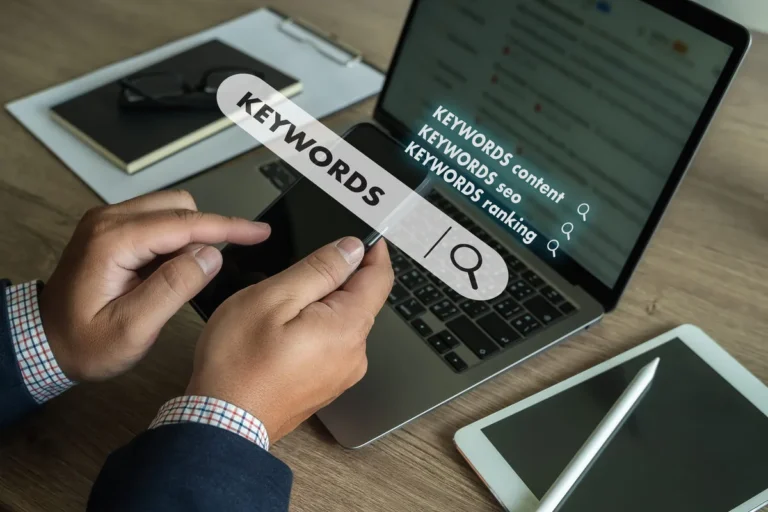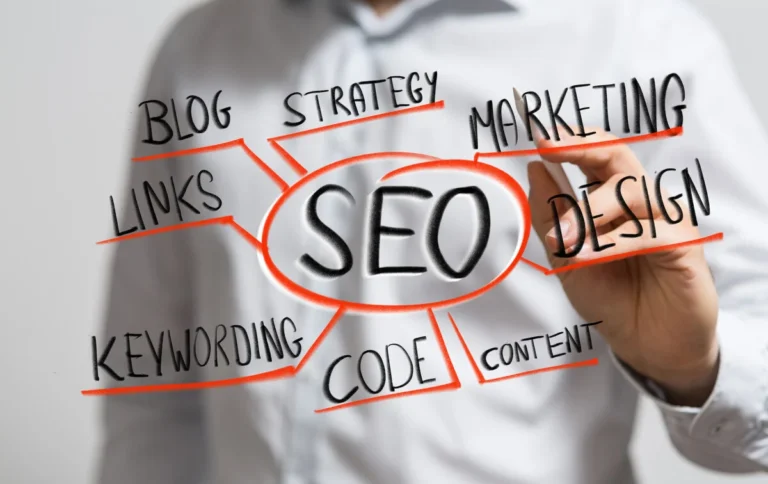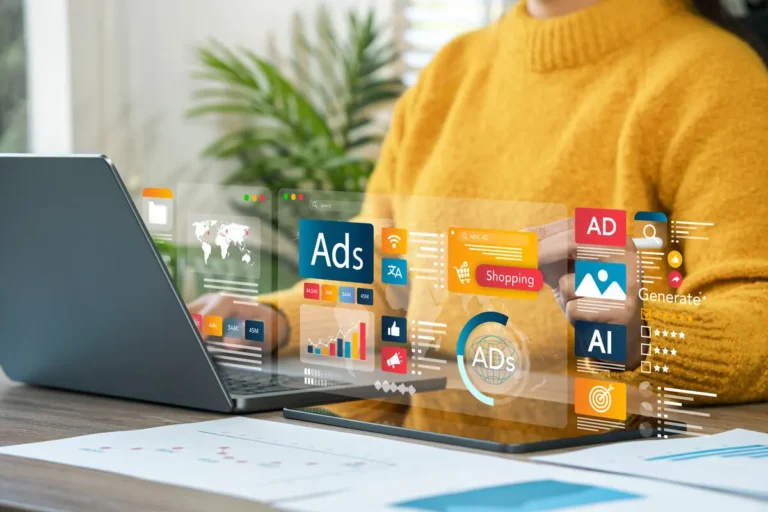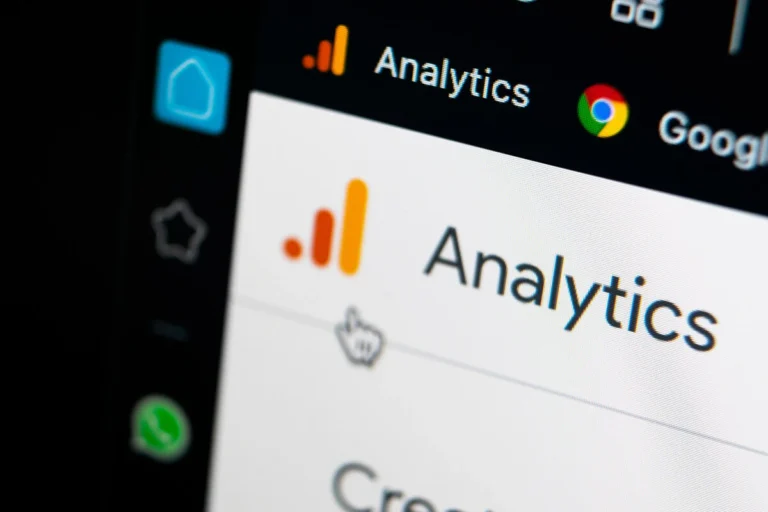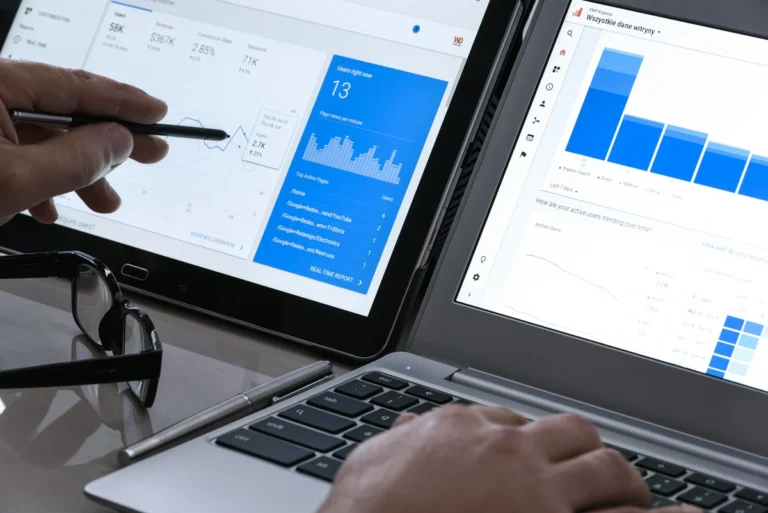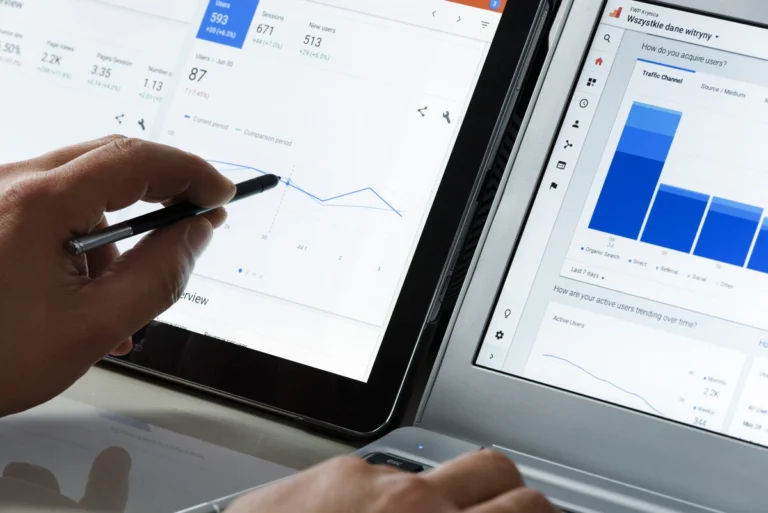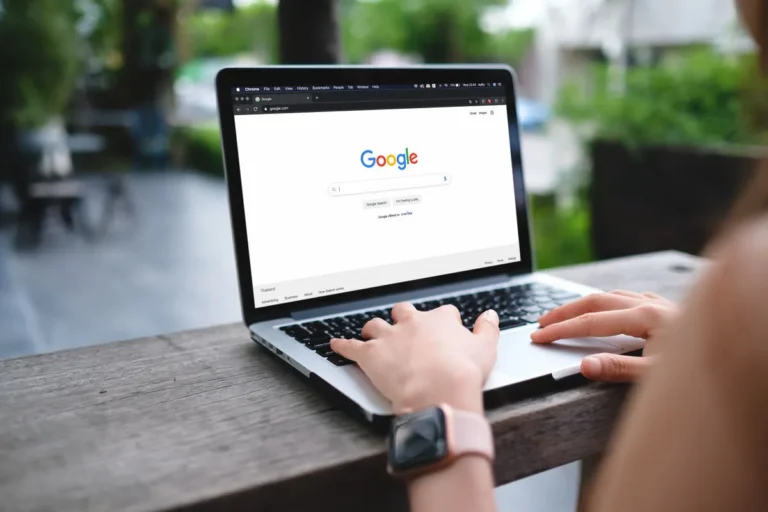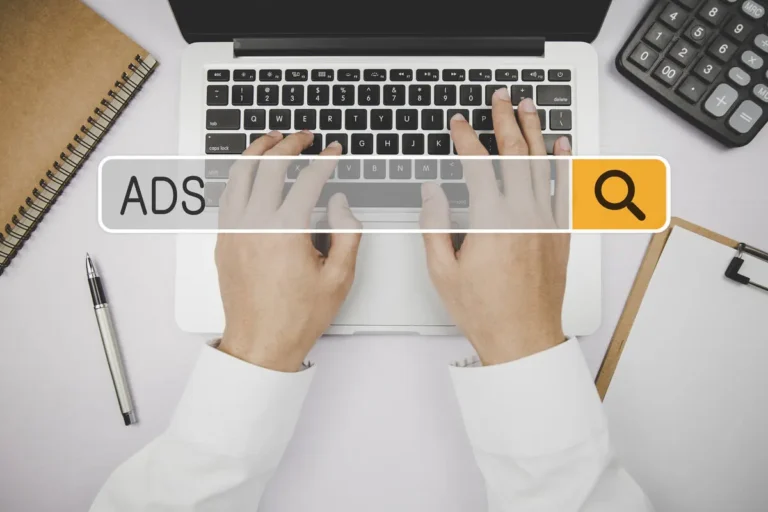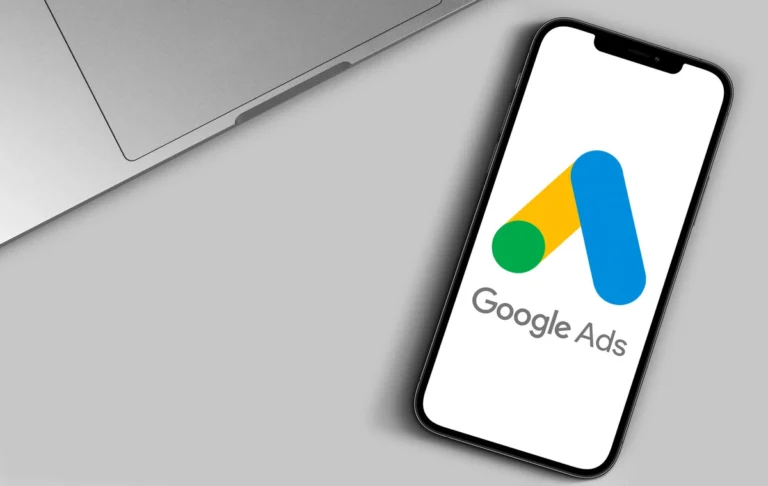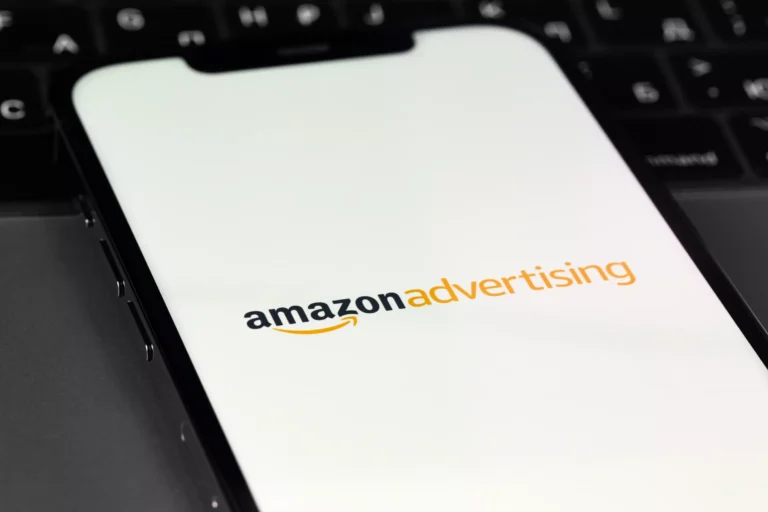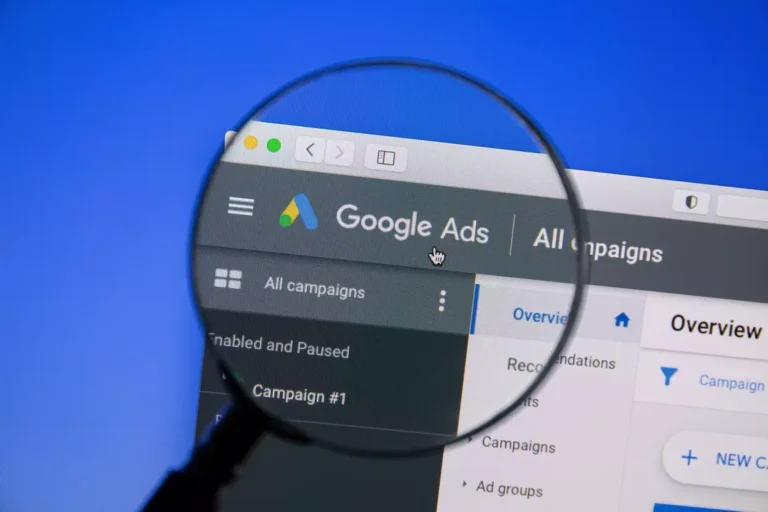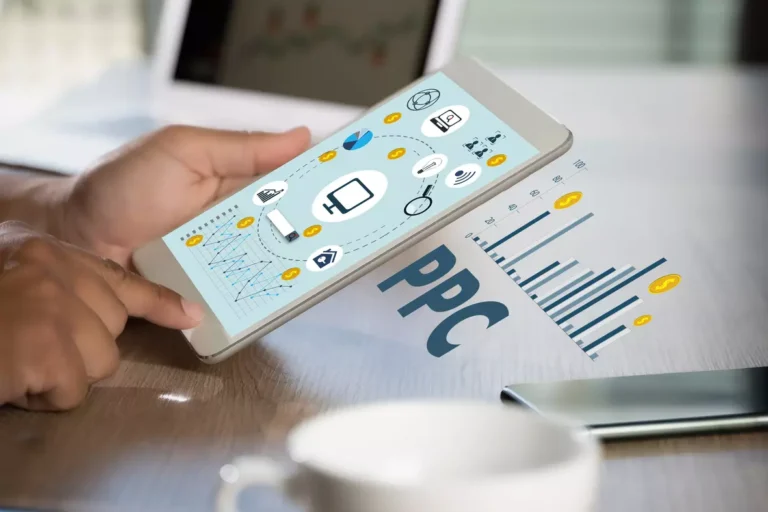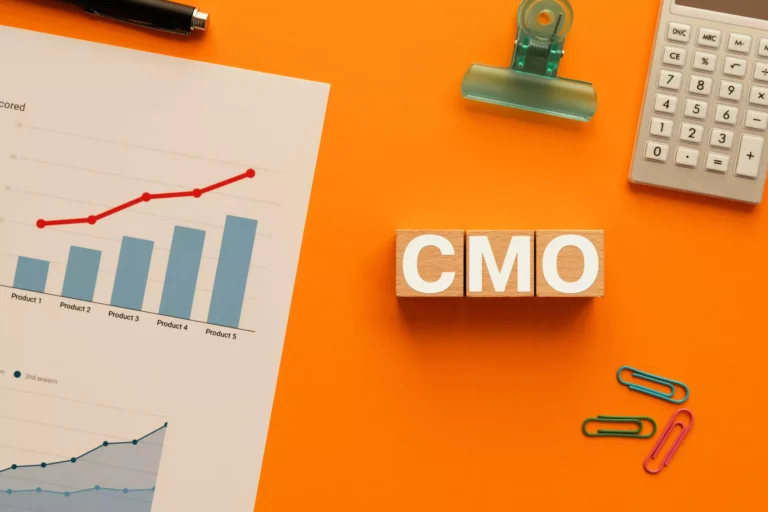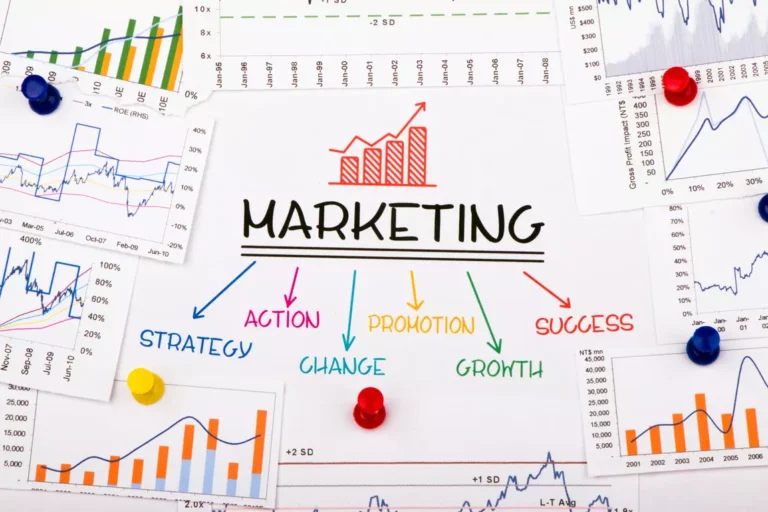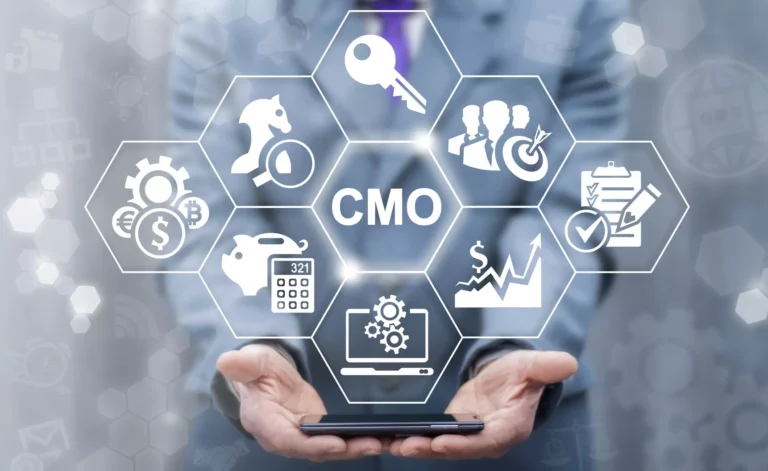Introduction to PPC Marketing
Definition of PPC Marketing
PPC marketing meaning stands for pay-per-click marketing, a model of Internet marketing whereby advertisers pay a fee each time one of their ads is clicked. It’s a method to buy visits to your site, as opposed to earning those visits organically. The goal is to generate immediate traffic and conversions.
What Is PPC in Marketing?
PPC, or Pay-Per-Click, is a type of online advertising where advertisers pay only when a user clicks on their ad. This model is used on platforms like Google Ads, Bing Ads, and social media networks such as Facebook, LinkedIn, and Instagram.
Importance of PPC in Digital Marketing
PPC is crucial for businesses seeking to grow as it provides quickly measurable results. You can launch a PPC campaign and start driving traffic within minutes, making it an excellent choice for urgent promotions and seasonal events. Additionally, PPC allows businesses to target their audience precisely by location, language, device, time of day, and more.
Why Is PPC Important?
With PPC campaigns, businesses can get immediate results, test new marketing ideas, and optimize their strategies in real time. This method helps allocate marketing budgets more effectively and allows for continual fine-tuning of campaigns to maximize ROI.
Overview of PPC Campaigns
PPC campaigns consist of various elements such as keyword research, ad creation, bidding strategies, and performance tracking. A well-structured campaign includes targeted keywords, compelling ad copy, and conversion-optimized landing pages. Continuous monitoring and tweaking are essential to maintain and improve the campaign’s effectiveness over time.
Essential Elements of a PPC Campaign
A successful PPC campaign requires careful planning and execution. This includes comprehensive keyword research, competitive analysis, engaging ad copy, strategic bidding, and constant performance analysis.
What Is PPC Marketing Examples?
What Is PPC Marketing Examples?
Pay-per-click (PPC) marketing is a robust strategy utilized by businesses aiming for rapid growth and strategic reach. It is a cost-effective model that allows you to pay only when someone clicks on your advertisement, making every dollar spent an investment with a measurable return. Find out how much should you pay for PPC.
Examples of Successful PPC Campaigns
Understanding effective PPC marketing can be greatly enhanced by examining real-life examples of PPC campaigns. For instance, e-commerce giant Amazon employs highly targeted PPC ads to promote specific products, resulting in an impressive conversion rate and significant revenue increase. Another stellar example comes from the automobile industry, where Tesla’s targeted PPC campaigns focus on specific demographics such as tech enthusiasts, environmental advocates, and high-income individuals, leading to higher engagement and sales.
Industry-specific PPC Examples
PPC campaigns can be tailored to diverse industries, each with its own unique set of challenges and opportunities. For example, in the healthcare sector, Mayo Clinic has successfully used PPC to drive traffic to their specialized medical services. Targeting keywords related to rare diseases and specialized treatment options, they have been able to reach patients in need of their expertise. In contrast, the travel industry often leverages PPC to highlight seasonal deals and limited-time offers, as seen in campaigns by companies like Expedia.
Case Studies of Effective PPC Strategies
Numerous case studies illustrate the power of PPC campaigns. One notable example involves the online retailer Zappos, which utilized Google Ads to target shoe-related searches. By bidding on long-tail keywords related to specific brands and styles, they not only drove traffic but also significantly reduced customer acquisition costs. Another striking case study is from the financial sector, where Capital One used PPC to promote their credit card offers during peak shopping seasons. By leveraging customer data, they managed to achieve a higher ROI and lower acquisition costs.
By exploring these best PPC marketing examples, businesses can better understand the potential impact and strategic applications of PPC campaigns. Whether you’re in e-commerce, healthcare, travel, or finance, the right application of PPC can elevate your brand, drive targeted traffic, and, ultimately, boost your bottom line.
Is Google Ads a PPC?
Google Ads for small businesses is one of the most prominent examples of PPC (Pay-Per-Click) campaigns in the digital marketing landscape. So, the answer to the question “Is Google Ads a PPC?” is an unequivocal yes. Google Ads revolutionized the way businesses reach their target audience by offering a platform where advertisers only pay when a user clicks on their advertisements.
Explanation of Google Ads as a PPC Platform
Google Ads operates on a PPC model, which allows businesses to bid for ad placements in Google’s search engine and partner sites. Unlike traditional advertising methods, where you pay for exposure, PPC ensures that you only get charged when an interested party engages with your ad. This model is cost-effective and highly measurable, making Google Ads a preferred choice for many businesses aiming for growth and higher ROI.
Key Features of Google Ads
Several features make Google Ads a versatile and powerful PPC platform. These include:
Keyword Targeting:
Google Ads enables advertisers to target specific keywords related to their business, product, or service. This ensures your ads are displayed to users actively searching for what you’re offering.
Detailed Analytics and Reporting:
One of the significant advantages of Google Ads is the detailed insights it provides. You can track the performance of your ads in real time, enabling data-driven decisions.
Budget Control:
With Google Ads, you have complete control over your budget. You can set daily limits and adjust your spending based on the performance and goals of your campaign.
Comparing Google Ads with Other PPC Platforms
While Google Ads is a cornerstone of PPC marketing, it is essential to compare it with other PPC platforms to understand its unique advantages. Platforms like Bing Ads, Facebook Ads, and LinkedIn Ads also offer PPC options, each with distinct features.
Bing Ads generally have lower CPC rates and less competition but don’t reach as large an audience as Google Ads. Facebook Ads excel in demographic and behavioral targeting but are more suited for awareness campaigns than direct search-related queries. LinkedIn Ads cater specifically to B2B marketers looking to reach professionals and decision-makers.
Despite these alternatives, Google Ads remains the most comprehensive and robust PPC platform. Its extensive reach, advanced targeting options, and sophisticated analytics make it an invaluable tool for businesses seeking growth.
Economics of PPC Campaigns
Understanding the economics behind PPC campaigns is crucial for any business aiming to optimize its marketing budget and maximize its return on investment.
Budgeting for PPC Campaigns
A well-planned budget is the cornerstone of a successful PPC campaign. Businesses should start by determining their overall digital marketing budget and then allocate a portion specifically for PPC. Allocating a realistic budget that considers both short-term goals (like boosting traffic) and long-term objectives (like brand building) is essential. Implementing daily or monthly limits can help businesses control their spending and reduce the risk of budget depletion.
Dynamic Budget Adjustment
PPC campaigns require ongoing adjustments based on performance analytics. For example, if a particular ad set generates high-quality leads, reallocating more of the budget towards that ad can enhance overall ROI.
Cost-per-click (CPC) Analysis
Cost-per-click (CPC) is a fundamental metric in PPC economics. It is influenced by factors such as keyword competitiveness, ad quality, and industry sector. Lowering CPC involves optimizing ad relevance and quality score, which can lead to more efficient budget use and higher ad positioning.
Case Study: CPC Impact
A company in the software industry managed to reduce its CPC by 20% by refining its ad copy and improving landing page relevance. This resulted in a 30% increase in click-through rates (CTR), showing how critical ongoing optimization is to PPC success.
Return on Investment (ROI) in PPC
ROI is the ultimate measure of a PPC campaign’s effectiveness. Businesses should track conversions, sales, and other key performance indicators (KPIs) to determine their ROI. It’s important to consider not just immediate gains but also the lifetime value (LTV) of customers acquired through PPC campaigns.
Using Analytics for ROI
Advanced analytics tools can provide comprehensive insights into which campaigns are most effective. For instance, integrating Google Analytics with Google Ads offers visibility into post-click performance, allowing businesses to fine-tune campaigns for better ROI.
Understanding and managing the economics of PPC marketing can significantly enhance a business’s ability to grow in a competitive digital landscape.
Conclusion and Best Practices
Summary of Key Takeaways
As we conclude our exploration of PPC marketing, it is clear that understanding the intricacies of pay-per-click advertising is crucial for any business seeking to thrive in the digital age. From dissecting the best PPC marketing examples to delving into the economics of PPC campaigns, we have highlighted the multifaceted benefits and complexities of PPC strategies. These insights not only pave the way for more informed decision-making but also empower businesses to craft campaigns that align with their specific goals.
Best Practices for Effective PPC Marketing
Implementing effective PPC strategies requires a deep understanding of a few core principles:
- Keyword Research: Thorough and ongoing keyword research helps identify the terms that potential customers use to find products or services similar to yours. Targeting these keywords can significantly enhance the visibility and relevance of your PPC ads.
- Ad Copy and Creative: Investing time in crafting compelling ad copy and creating visually appealing ads can make a significant difference. Well-written and designed ads can capture the audience’s attention and lead to higher click-through rates.
- Bid Management: Strategic bid management ensures that you’re not overspending while maintaining competitive placement. Adjust your bids based on performance data to maximize your return on investment.
- Landing Page Optimization: Ensure that your landing pages are optimized to convert clicks into actions. This means having a clear call-to-action, fast load times, and content that aligns with the ad.
- Regular Performance Analysis: Continually analyze the performance of your campaigns. Use analytics tools to track key metrics and make data-driven decisions to refine and improve your strategies.
Future Trends in PPC Campaigns
The landscape of PPC advertising is continuously evolving. Future trends to watch include the increasing influence of artificial intelligence and machine learning in automating and optimizing PPC campaigns. Moreover, the integration of cross-channel marketing efforts and the rise of voice search present new opportunities and challenges for advertisers.
Staying ahead of these trends requires a proactive approach to learning and adaptation. Partnering with experienced agencies can provide the necessary expertise and resources to navigate these changes effectively.
The world of PPC is in a state of constant evolution. Partner with a digital marketing agency that not only understands these changes but also leverages algorithm-driven campaigns and CRM data to efficiently boost your revenue. Kick-start your journey with Bohu Digital by scheduling a free consultation today.













